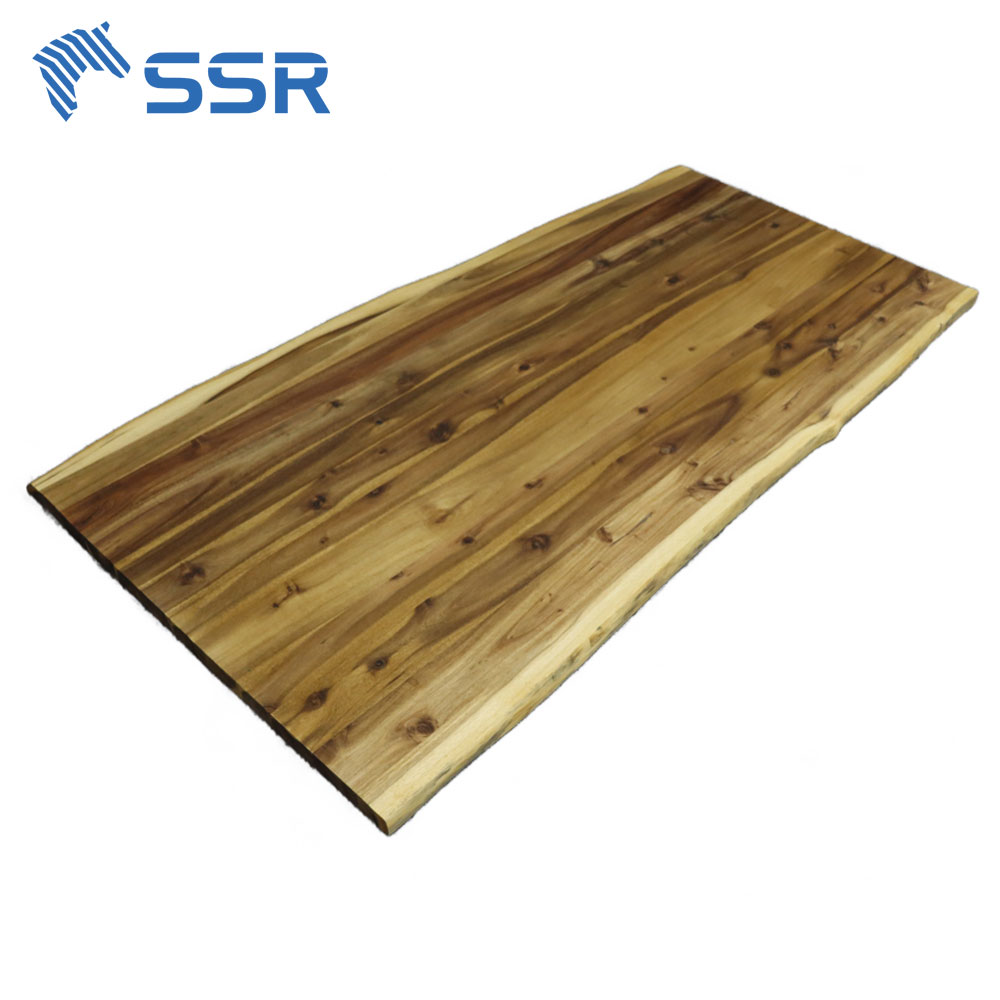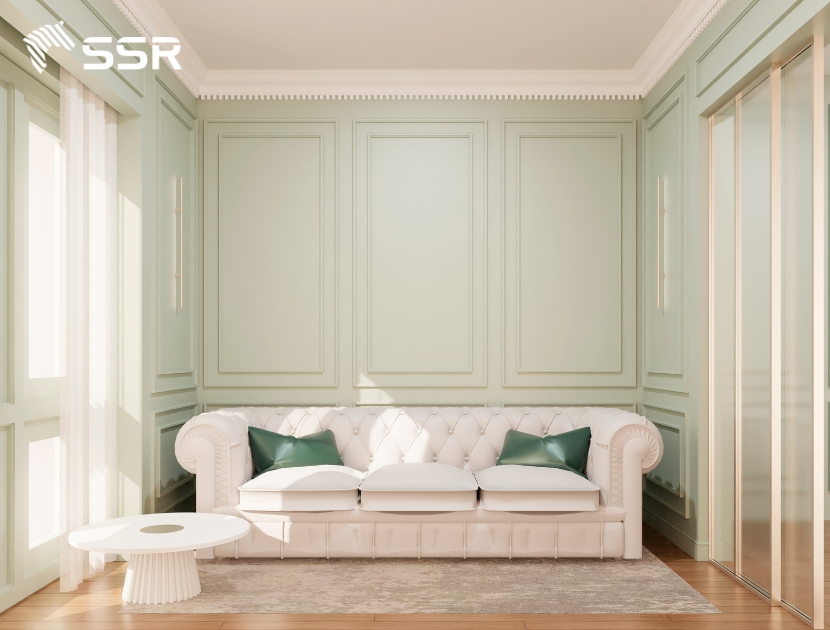NEWS
With the increasingly scarce supply of natural wood, the alternative material that is gradually being used must be mentioned, which is finger joint, or other names such as comb joint. Not industrial wood, finger joint is natural wood but not monolithic like natural wood.
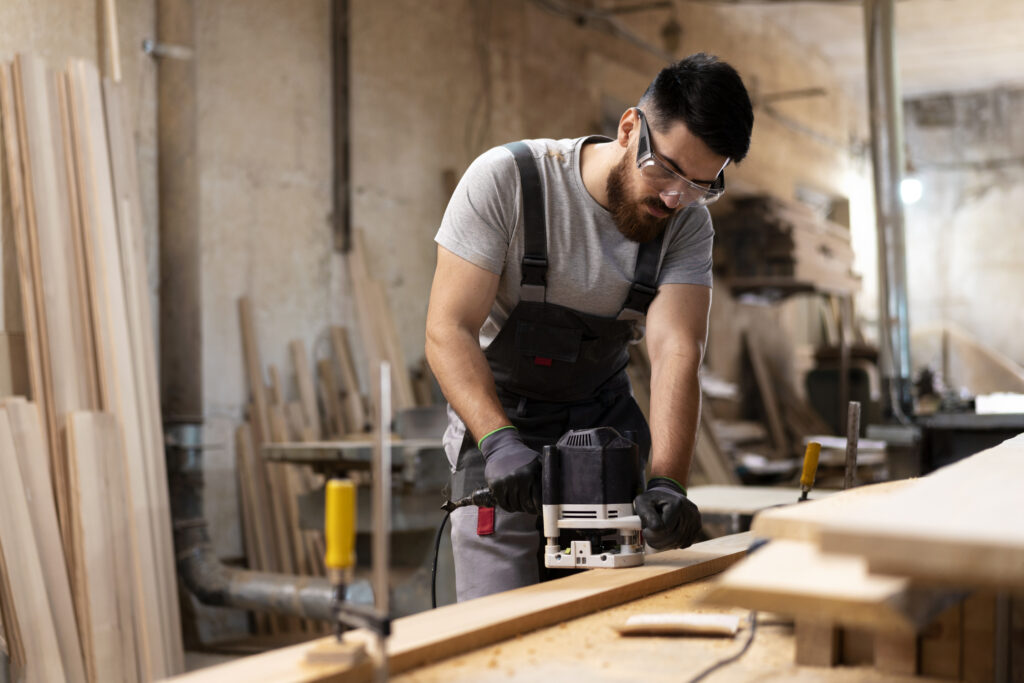
Learn about Engineered Wood
- Characteristics
A finger joint is a woodworking joint made by cutting a set of complementary, interlocking profiles in two pieces of wood, which are then glued. The cross-section of the joint resembles the interlocking of fingers between two hands. The sides of each profile increase the surface area for gluing, resulting in a strong bond.
Finger joint usually has a thickness of 12mm or 18mm, including panel joinery (bar joinery) and square block joinery, box joinery made from joinery bars along both width and thickness. The types of wood used to create finger joint are often non-standard types of wood such as bark from workshops, small-diameter wood, salvaged wood or not used to make individual furniture. Highly durable, resistant to impact and scratches, no worries about termites or warping like many common natural woods. However, the surface is difficult to be uniform in texture and color.
- Classification
Common types of finger joints: finger joint pine, finger joint rubberwood, finger joint oak, etc., are processed to resist termites, treated, and dried according to a standard procedure.
Grade A/A finger joint: This is the highest quality engineered wood, with a beautiful surface without black lines or dead knots, and harmonious colors.
Grade A/B finger joint: The wood has one beautiful side (side A) and one lower quality side (side B – with fewer dead knots and black lines, and a diameter smaller than 5mm).
Grade A/C finger joint: The wood has one side A and one side C (lower quality than side B). Side C has more black lines, dead knots, and poor color.
Grade B/C finger joint: The wood has fairly poor quality, with an unattractive color, consisting of one side B and one side C.
Grade C/C finger joint: This is the worst quality wood, with both sides C lacking high aesthetic appeal.
- Finger Joint Wood Board Types
Parallel joint: Parallel jointing of wood bars of equal length, with varying widths, into a large wood panel. When viewed horizontally, the joint is a straight line.
Face joint (head connection joint): The ends of short wood bars are notched into dovetail joints, then joined together to create wood bars of equal length. The wood bars are then joined parallel to form a large wood panel. The panel’s surface has dovetail joint marks.
Butt-Joint Board: The edges of the short wooden bars are sawed in a sawtooth shape and then joined together to form wooden bars of equal length, then continue to be joined in parallel to form wooden panels. The point of recognize edge-jointed wood is that when you look at the edge of the board, you will see saw-tooth marks.
Scarf-joint Board: The front ends of the wood bars are cut to form sharp, flat ends, then joined together to form bars of equal length, which are then joined parallel. When viewed horizontally, the panel’s edge shows a straight diagonal joint.
- Production Process
Step 1: Pre-process the raw wood materials using machines and divide them into standard wood bars.
Step 2: The wood bars are treated to remove mold and termite agents.
Step 3: The ends/edges of the wood bars are shaped and then joined together by a machine according to specified joint types. Then, the wood panel is glued using specialized adhesives such as Phenol Formaldehyde (PF), Polyvinyl Acetate (PVAC), or Urea Formaldehyde (UF) to increase bonding strength.
Step 4: Sanding, and smoothing the surface of the wood panel.
Step 5: Product finishing, quality inspection, and storage.
Application of Finger Joint Wood Board into Interior Design
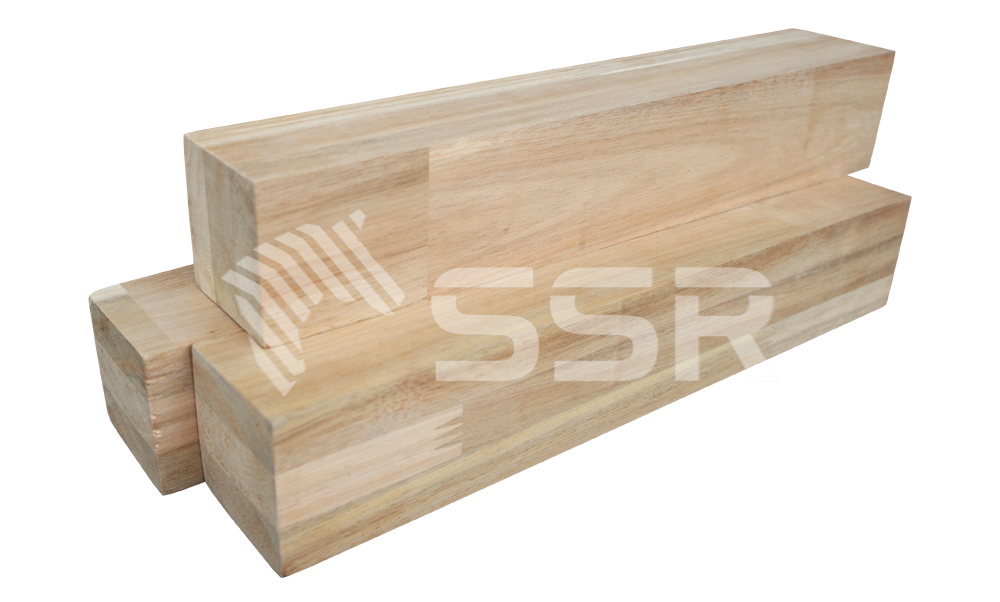
Finger joints widely used in the design and construction of furniture, including household, office, and school furniture, with some typical examples such as:
- Desks, cabinets, shelves, beds, doors, staircases…
Work desks, tea tables, kitchen cabinets, shelves, pallet beds, staircases, etc., all needs are met thanks to the advantages of easy mobility, high durability, and attractive colors. Whether the homeowner has an inward or outward style, the designs can be flexible according to usage purposes.
- Flooring, wall panels, partitions
Wooden floors, wooden wall panels, or partitions have long been a symbol of luxury and wealth. But now, luxury may not be necessary, but elegance must be achieved with much lower costs when using finger joints.
The application of finger joint interior design is no longer something unfamiliar. However, not everyone trusts it. With this article, we are confident that finger joints now become the top choice for customers who love using wooden furniture.
Featured Products
Durable Rubberwood Chevron Countertop For Kitchen Tabletop
Specification:
- Wood Species: Rubberwood (Hevea brasiliensis)
- Moisture: <12 %.
- Length & Width Tolerance: 0/+3 millimeters.
- Thickness Tolerance: +/- 0.2 millimeters.
- Glue: D4.
- Surface Finish: Oil coating or sanding 240-320 grit.
- Quality: AA, AC, BC, or customized
- Packing: PE plastic for each piece.
[Good Promotion] Acacia Chevron Countertop Made In Vietnam
Specification:
- Moisture: < 12%
- Stave Length: 150-400 mm
- Stave Width: 20-80 mm
- Length & Width Tolerance: 0/+3 mm
- Thickness Tolerance: +/- 0.2 mm
- Glue: D4
- Quality: AB, AC, BC, or customized
- Surface Finish: Sanding 180-240 grit, both faces.
Top Quality Acacia Edge Glued Countertop Made In Vietnam
Specification:
- Moisture: 8 -12 %
- Stave Length: 150-400 mm
- Stave Width: 20-80 mm
- Length & Width Tolerance: 0/+3 mm
- Thickness Tolerance: +/- 0.2 mm
- Glue: D4
- Quality: ABC, AC, or customized
- Surface Finish: Sanding 180-240 grit, both faces
Featured News
Related News
Crown Moulding for B2B Projects: Installation & Bulk Supply
Crown moulding (cornice) is more than just an architectural detail. It’s a timeless element that bridges wall and ceiling, transforming a room with subtle sophistication. Whether you’re a homeowner looking to elevate your space or a builder seeking premium finishing touches for your next project, crown moulding brings unmatched value in both form and function. In […]

How Many Types of Moulding Trim? An Essential B2B Guide
Moulding trim plays a vital role in interior finishing – bringing together form, function, and refined detail. Whether you’re sourcing materials for large-scale residential projects or customizing high-end commercial interiors, understanding the different types of skirting boards, baseboards, crown moulding, and casing trims is essential. This guide breaks down the most common moulding trim profiles […]


 Tháng 6 3, 2024
Tháng 6 3, 2024 | SSR
| SSR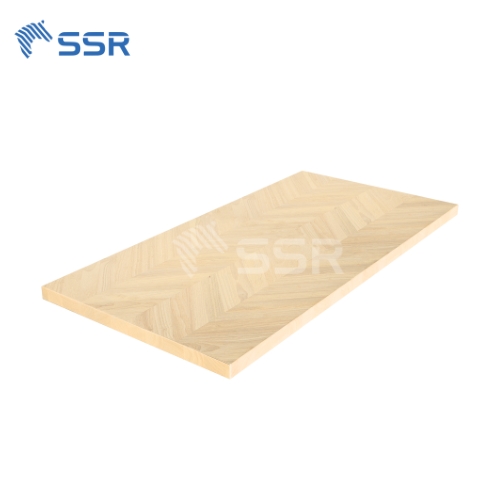
![[Good Promotion] Acacia Chevron Countertop Made In Vietnam](https://ssr.vn/wp-content/uploads/2024/12/chevcounter-3.png)
